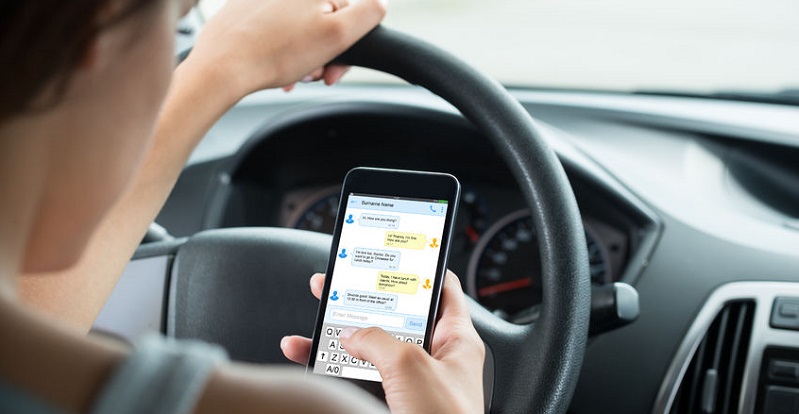The best way to avoid distracted driving and preventable auto accidents is to make a concerted effort to change your behavior.
Colorado drivers are prone to texting during the afternoon commute.
Colorado ranks number seven among the states where drivers frequently message and drive, according to a new report by the safe-driving app Drivermode. According to the study, the most popular messaging time for drivers nationally, as well as in Colorado, was 5 p.m. during afternoon rush hour.
“Drivers disproportionately use their afternoon commutes to connect with co-workers, friends, or family via messaging, whether it’s to wrap up work or to share status with family and friends,” said Drivermode CEO and co-founder Yo Koga. “The data signals a trend that almost certainly extends to the population at large. That gives us an indication of the times of day we need to be especially mindful of ensuring everyone’s safety on the road.”
Focusing on Distraction
The human brain is not built to perform two tasks at the same time. Instead, the brain tackles tasks sequentially, switching between one task and another. Because the brain can juggle tasks very rapidly, many people mistakenly believe that we are doing two tasks at the same time, when in reality, the brain is transferring its attention between tasks but actually performing only one task at a time.
What all this means is if you’re thinking about talking on the phone or sending a text while driving, your brain is simply not capable of focusing completely on either activity. While your brain is shifting focus from one thing to the other, it often becomes overloaded, resulting in slower reaction time and reduced driving performance. So even if your device is out of your hand, it’s still occupying vital space in your mind.
Eliminating Distracted Driving
The best ways to avoid distracted driving and preventable auto accidents are to make a concerted effort to change your behavior and alter the way you think about driving by doing the following:
- Never text, email, or talk on the phone while driving.
- Tell people who may try to reach you that you won’t be answering your phone or texting while you drive.
- Don’t be afraid to just turn off your phone while you’re behind the wheel — out of sight, out of mind.
- Don’t call or text anyone else who is driving.
- Never use your phone when children are in the car — they can be distracting enough.
- Avoid trying to multitask while you’re driving.
- Look up the directions before you start driving, and pull over to read a map or check your GPS. Better yet, let your passengers run the GPS so that you can keep your attention on the road.
- Use your hands-free technologies (voice commands and Bluetooth) only when you absolutely need to.
- Save the “we need to talk” conversations for some other time.
Hands-free devices don’t prevent auto accidents.
According to the National Safety Council (NSC), hands-free devices are often considered a solution to the dangers of distracted driving because they help eliminate two obvious distractions:
- Visual — taking your eyes off the road
- Manual — removing your hands from the steering wheel.
However, another type of distraction can occur when motorists use cell phones while they drive: cognitive, which involves taking your mind off the road.
Driving requires our full, undivided attention, and hands-free devices won’t completely solve the distracted driving problem. If you’ve been injured in an accident involving a distracted driver, contact an experienced Colorado accident attorney for a free consultation.

